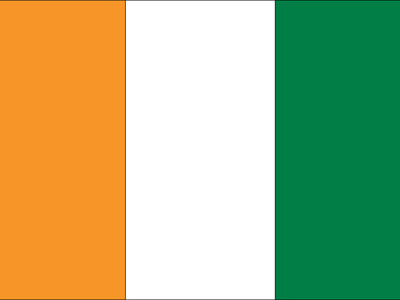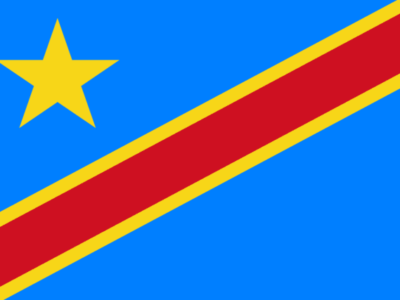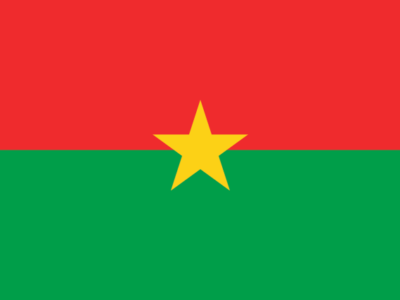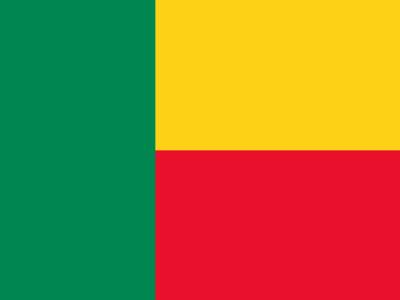RESEARCH & DEVELOPMENT
In the first phase of WAVE, much focus was given to cassava due to the fact that:
- cassava is a staple food for an estimated 500 million Africans
- cassava is a strategic food security and poverty reduction crop
- the crop is threatened by two key viruses – cassava mosaic disease (CMD) and cassava brown streak disease (CBSD), both of which can cause yield losses of between 50% and 100%. Losses on this scale have serious consequences for cassava farmers and the food security of the poor, as well as for the growing number of industries that use cassava. CBSD has not yet reached West Africa, but all current projections indicate that it will soon unless decisive action is taken.
Working to address the virus threats to root and tuber crops, in particular to cassava, WAVE has during its first phase (2015-2019), achieved many milestones including:
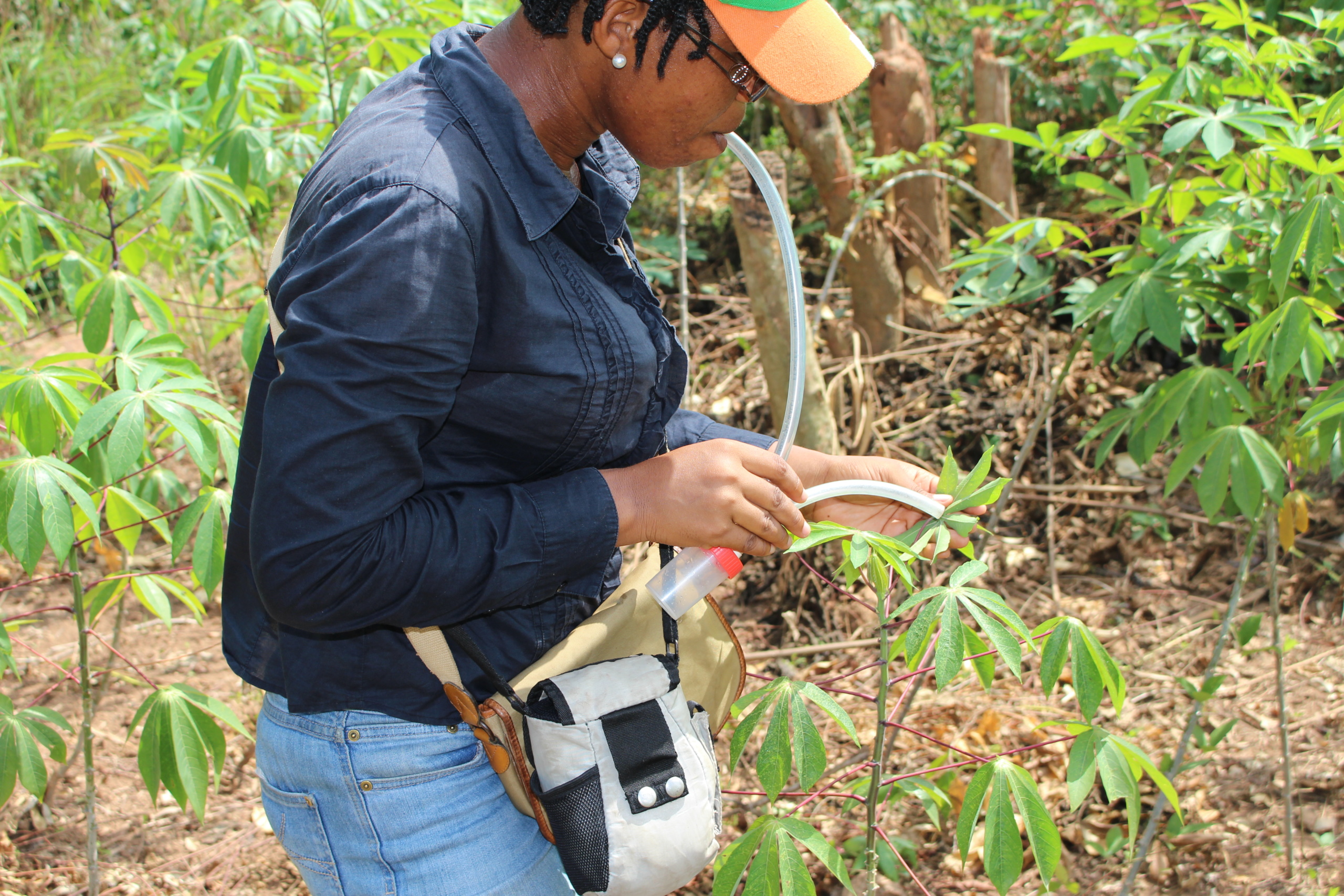
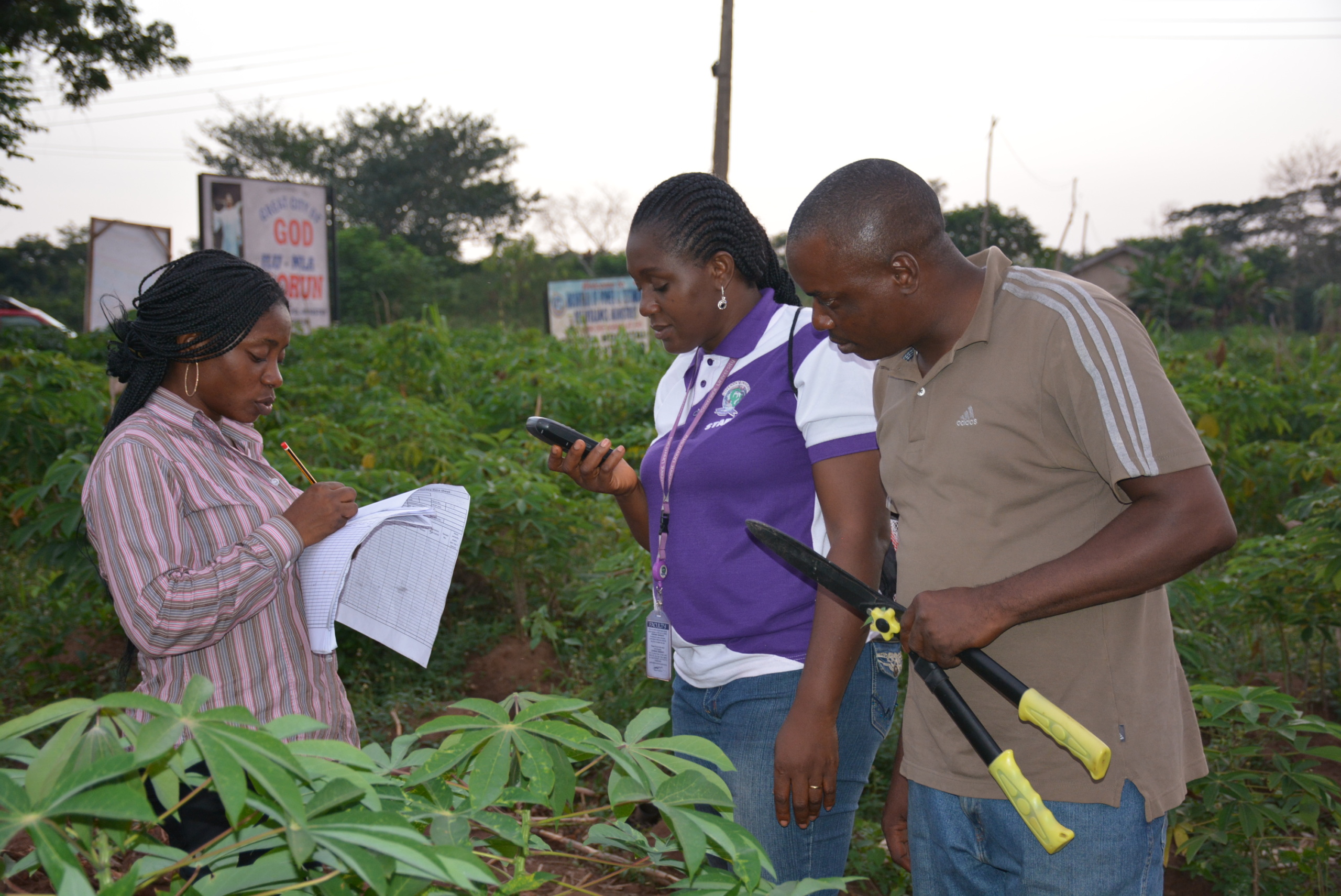
1. Monitoring and mapping of hotspots and virus-free areas
- Geo-referenced field surveys were carried out in all phase 1 WAVE member countries (Benin, Burkina Faso, Côte d’Ivoire, DRC, Ghana, Nigeria and Togo). These included field assessments of the health status of cassava fields using a mobile survey app to ensure high quality data. In phase 2, one nationwide field survey has already been carried out in the ten WAVE member countries.
- CMD and CBSD incidence and severity maps have been produced for the phase 1 WAVE member countries. These maps indicate the disease hotspots that can be used to screen genetic material to identify virus-resistant cassava varieties and ensure their rational deployment. In addition, WAVE is currently testing elite cassava varieties from West Africa for resistance to CBSD in Namulonge, Uganda, a hotspot for CBSD and CMD. The maps have been updated in 2021, with data collected during Phase 2 first cassava field surveys.
- Virus-free locations have been identified for the multiplication of plant materials. This work will ensure the availability of virus-free planting material for cassava farmers.
- A multidimensional cube-data technology for the management of the WAVE data: working with the BMGF-funded AgShare.Today program, WAVE has gathered all its data – from field surveys and from in-depth laboratory work to identify virus strains – into a state-of-the-art online database that will allow the Regional Center of Excellence to make new and more efficient use of its data. This is one of the first examples of the use of this technology with agricultural data in Africa
2. Improved understanding of vectors and hosts
- The prevalence of whitefly populations in cassava fields in the phase 1 WAVE member countries is recorded, as whiteflies are known to spread cassava viruses.
- Cassava leaf samples were analyzed using harmonized laboratory protocols. The large dataset produced allows comparisons across all WAVE countries and has confirmed that in West Africa, CMD is primarily spread through infected cuttings, though whitefly still plays a role. This implies that training farmers on the use of clean planting material could lead to significant improvements.
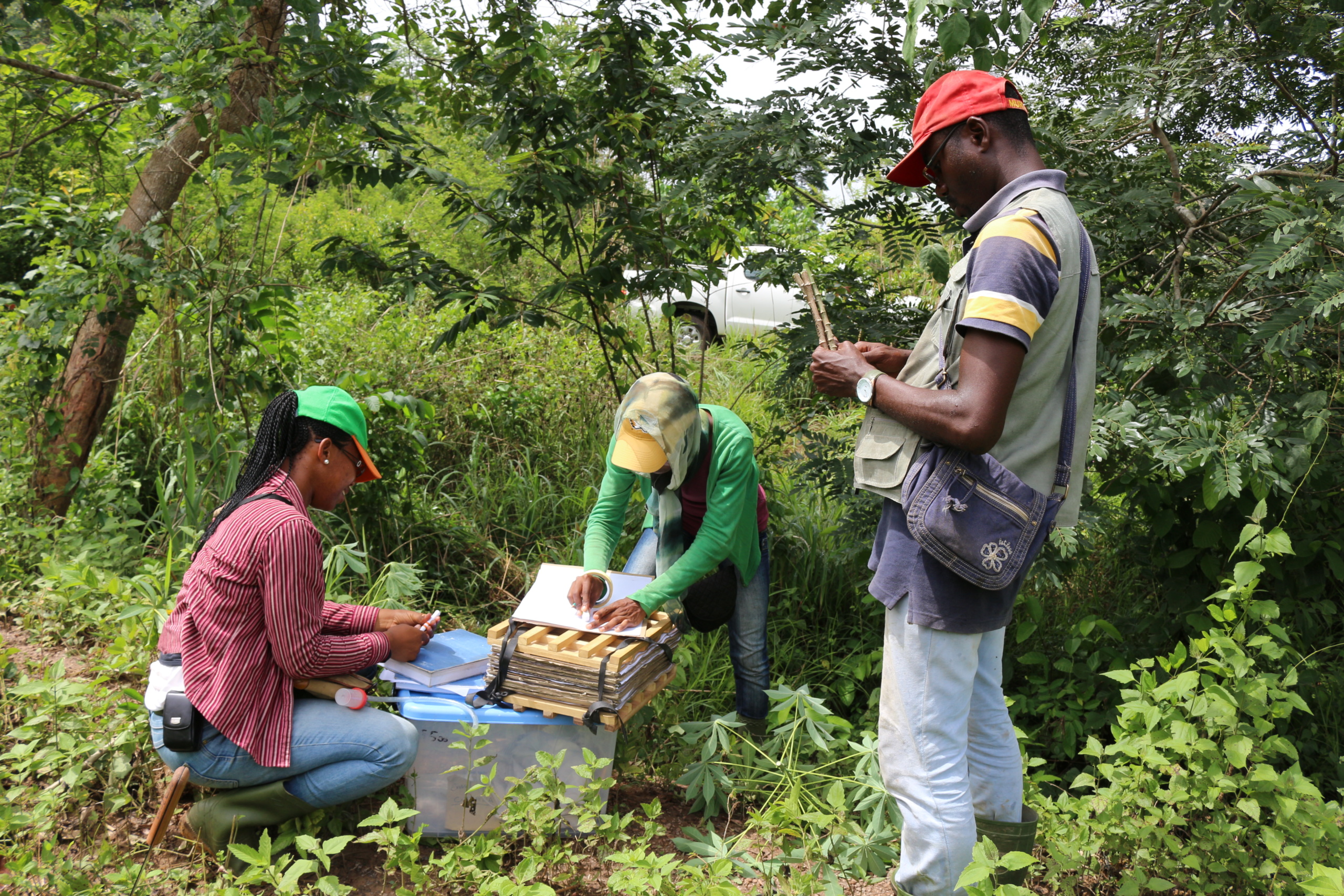
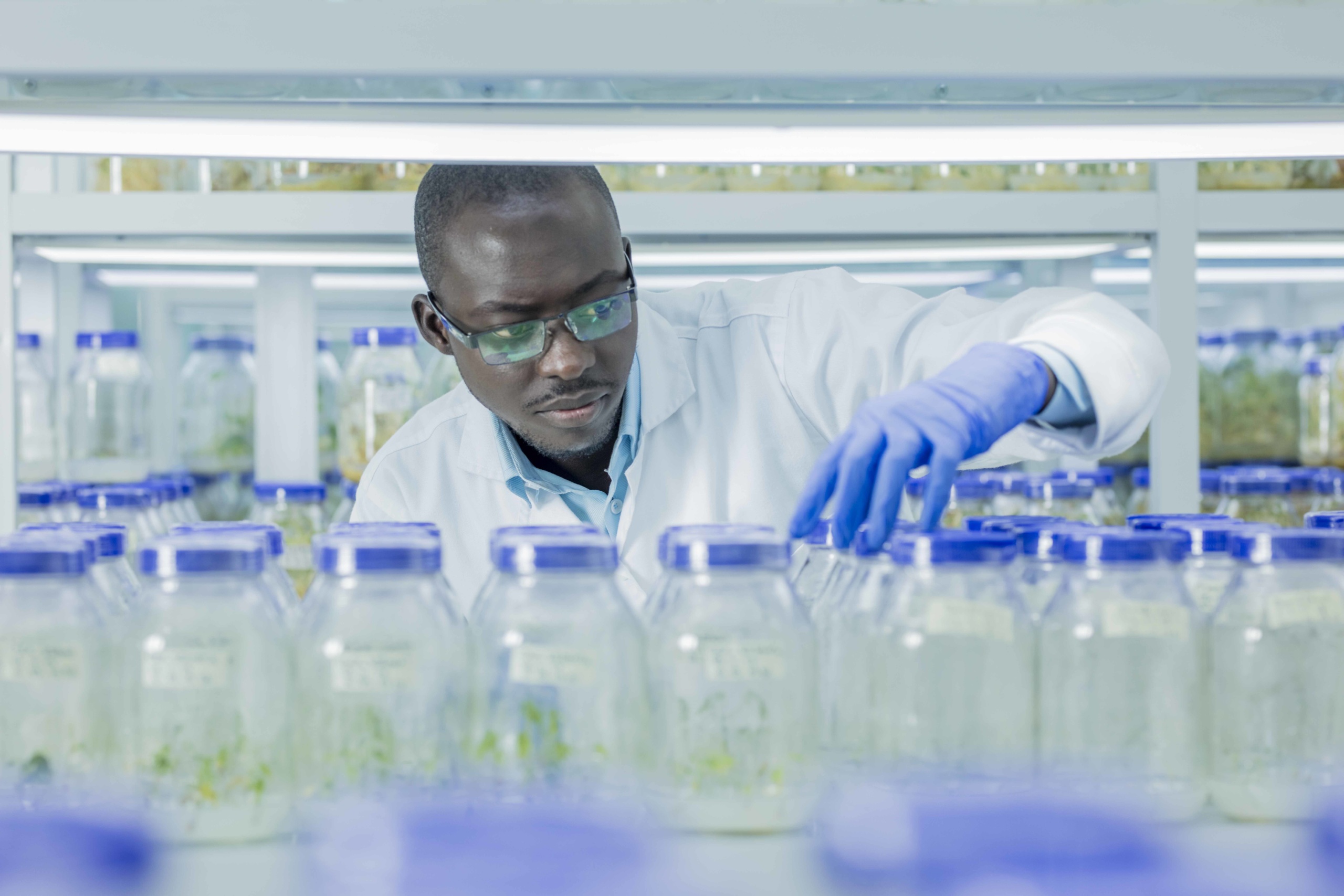
3. Improvement of early detection and diagnosis
- Diagnostic tools have been improved in all WAVE network member institutions. The use of harmonized protocols allows for regional monitoring and modelling to build epidemiological models of disease progression. These can be used to inform strategies for monitoring and managing current and emerging diseases.
- Biotechnological laboratories were refurbished or built and equipped in 13 institutions hosting WAVE. In Côte d’Ivoire, where WAVE is headquartered, diagnostics facilities were established and opened in 2016. Comprising five state-of-the-art laboratories (Molecular Biology/Virology Laboratory and Biotechnology/Tissue Culture Laboratory/ Valorization of symbiotic microorganisms’ laboratory/ Genomic assisted breeding laboratory/ Service Provision laboratory), an auditorium and offices, these facilities are an important milestone in efforts to strengthen West and Central Africa’s capacity in preventing and managing plant pathogens.
- The production and distribution of healthy plants has been improved and WAVE’s current facilities in Côte d’Ivoire and Benin allow for the mass production of virus-free vitroplants
- Cassava cultivars resistant to viruses have been identified and can now be used to breed new varieties for cassava producers.
- Surveillance is being carried out to study the spread of CBSD from East and Central Africa. CBSD has not yet been detected in West Africa. However, WAVE surveys showed it is already present in eastern DRC, which indicates that the disease is spreading. This means that the work WAVE is doing to track and identify the viruses and put in place initiatives to combat their spread, such as generating clean planting material and engaging with the public, is more important than ever.
4. Sharing of Knowledge and Protocols
- Sensitization and trainings were carried out in the phase 1 WAVE member countries WAVE organized workshops, farmer field days and media campaigns in all program member countries to further sensitize farmers, extension officers, policy-makers and public opinion on the threat posed by the CBSD and to train producers to recognize the disease symptoms and select healthy planting materials for planting.
- Key information was shared with breeders. Protocols on the use, production and identification of healthy planting material, as well as information on hotspots and virus-free localities were shared with breeders and multipliers.
